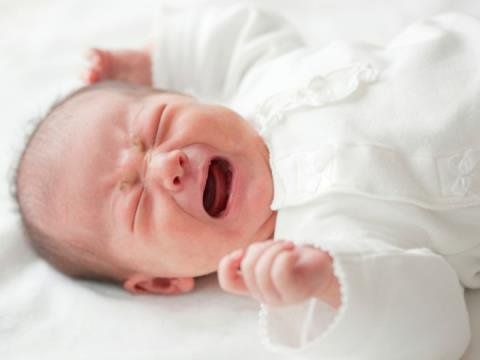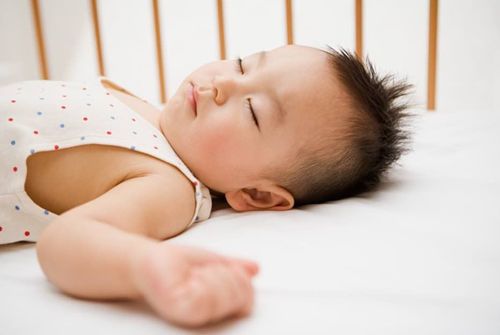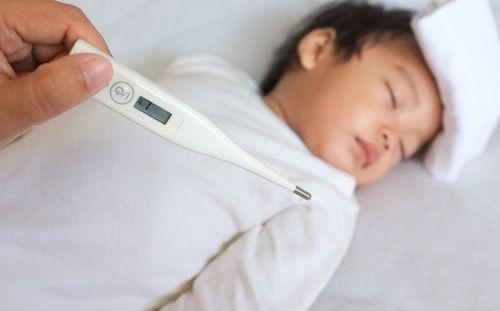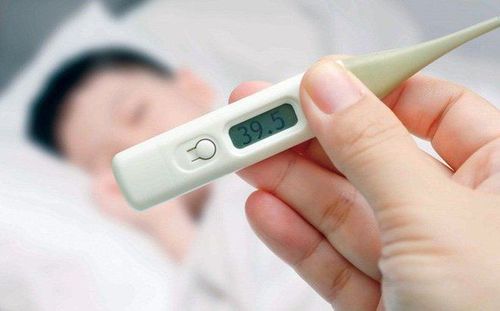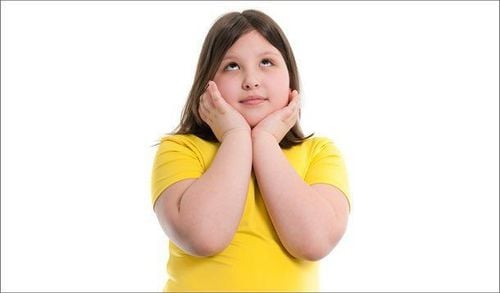This is an automatically translated article.
The article is professionally consulted by Master, Doctor Phan Ngoc Hai - Department of Pediatrics - Neonatology - Vinmec Danang International General Hospital.Fever is the most common symptom that prompts parents to take their children to medical facilities. Fever is defined as a body temperature of 38 degrees Celsius or higher. The main cause of fever in children is a virus, most of which are benign.
1. Fever in children
Fever is the body's defense response to pathogens. Thus, fever is a beneficial response, however, children with fever are often accompanied by fussiness, irritability, anorexia and weight loss. Severe and prolonged fevers can lead to other serious symptoms such as dehydration and rapid heart rate. The common complication is febrile convulsions, accounting for 3-4%, most common in children under 5 years of age. A few cases of high fever, convulsions cause physical damage to the nervous system, affecting the child's later brain development. Detecting a child with a fever, especially a child with a high fever, is an important thing that parents need to pay attention to.2. How to measure a newborn's temperature
To determine if a child has a fever or not, it is necessary to measure the child's body temperature. How babies and young children are measured is not the sole problem of healthcare professionals. Parents and caregivers should also be knowledgeable about common thermometers and how to use them.Classic mercury thermometers and electronic thermometers are the most commonly used thermometers to measure the body temperature of children. However, many experts say that mercury thermometers should not be used in infants and young children because of the high risk of thermometer breakage and mercury poisoning. There are also infrared thermometers on the market that give accurate results after only a few seconds, but the price is still high, so it has not been accessible to many users.
The location used to measure the baby's body temperature is very diverse, in which the armpit is the most commonly chosen location and the anus is the place to get the most accurate body temperature. Temperature measurement in children can also be done in the mouth, ears, forehead.
When using a thermometer to measure the temperature in the armpit, need to dry the armpit and shake the thermometer so that the mercury column drops below 35.5 degrees Celsius before measuring. Place the tip of the thermometer in full contact with the skin of the armpit. Mercury thermometers need at least 5 minutes to get an accurate reading, more time than when using an electronic thermometer. Body temperature is obtained when adding 0.5 degrees Celsius to the armpit temperature measurement. So if the child's armpit temperature is 38 degrees Celsius, the child has a fever. If the anus is chosen as the temperature measurement location for the child when fever occurs, parents should pay attention to lubricating the thermometer tip and inserting the entire thermometer tip into the anal canal. An rectal temperature of 38 degrees Celsius or higher means the child has a fever. The thermometer used to measure oral temperature should be placed under the tongue and the mouth closed when taking the measurement. It is recommended to measure at least 15 minutes apart from meals because food and water can affect the measured temperature. This method is only for older children. However, in tropical environments, to ensure hygiene, this method is less recommended.
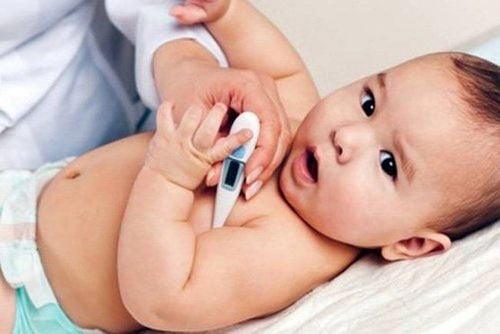
Đo thân nhiệt trẻ sơ sinh
3. Managing and caring for a child with a fever
Fever is a very common abnormality when caring for children and not all cases require emergency hospitalization. Parents can continue to monitor their children at home without taking them to a medical facility as soon as the child has a fever with the following symptoms:The child is alert and flexible. The skin and mucous membranes are rosy No difficulty breathing Eating and drinking No signs suggestive of dehydration such as thirst, eager drinking, sunken eyes, etc. On the contrary, the following manifestations are warning signs of danger, the child should be taken to the nearest medical facility to be visited. examined and treated by medical staff:
Lethargy, inactivity, convulsions, bulging fontanelles, stiff neck, severe vomiting, pale skin, red rash Child rapid breathing, groaning, retraction Chest signs of dehydration Children under 2 months of age with fever Children with high fever continuously for 2-3 consecutive days, for unknown reasons, use antipyretic difficult to bring down
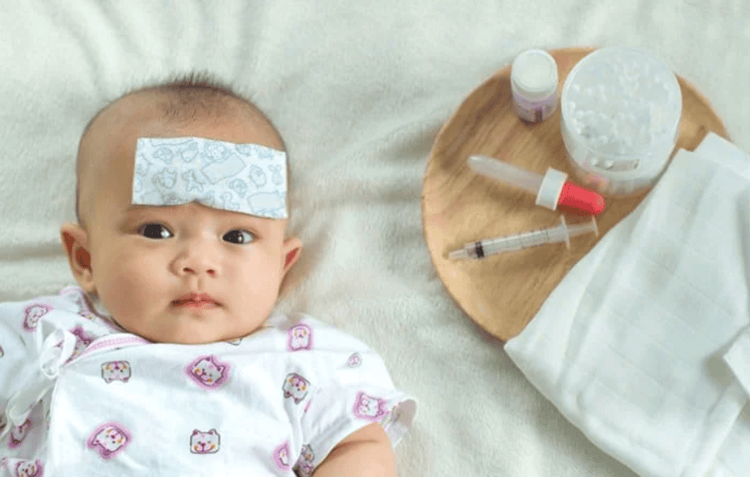
Trẻ sốt, tỉnh táo, ăn uống được, cha mẹ có thể tiếp tục theo dõi con tại nhà
While taking care of a child with a fever, it should be noted:
Supplementing with adequate nutrients Feed the child many meals, each meal little by little Drink more water, can give the child oresol, coconut water , fresh fruit juice but absolutely do not use carbonated soft drinks. Monitor children regularly. Detect warning signs to promptly take the child to the nearest medical facility if the child's situation worsens. In order to prevent diseases that young children are susceptible to, parents should pay attention to a diet to improve the child's resistance. At the same time, add supporting foods containing lysine, essential micro-minerals and vitamins such as zinc, chromium, selenium, B vitamins,... snacks and less digestive problems.
Parents can learn more:
Why do you need to supplement Lysine for your baby?
The role of zinc - Guidelines for reasonable zinc supplementation
Please visit the website Vinmec.com regularly and update useful information to take care of your baby and family.





